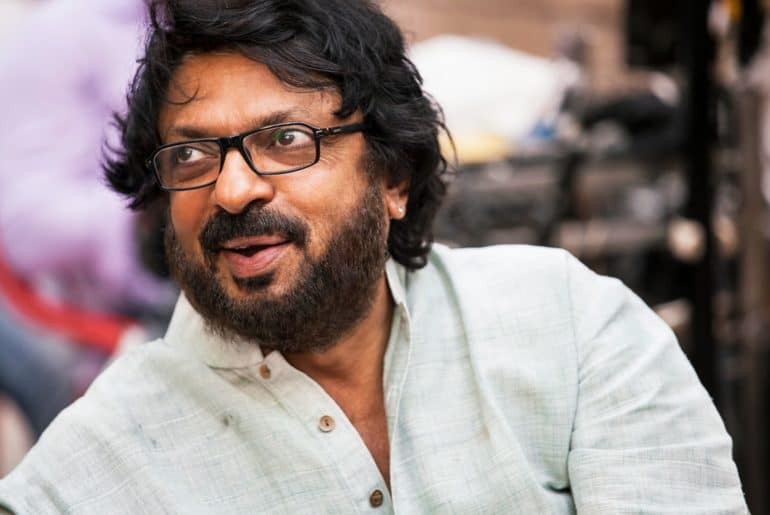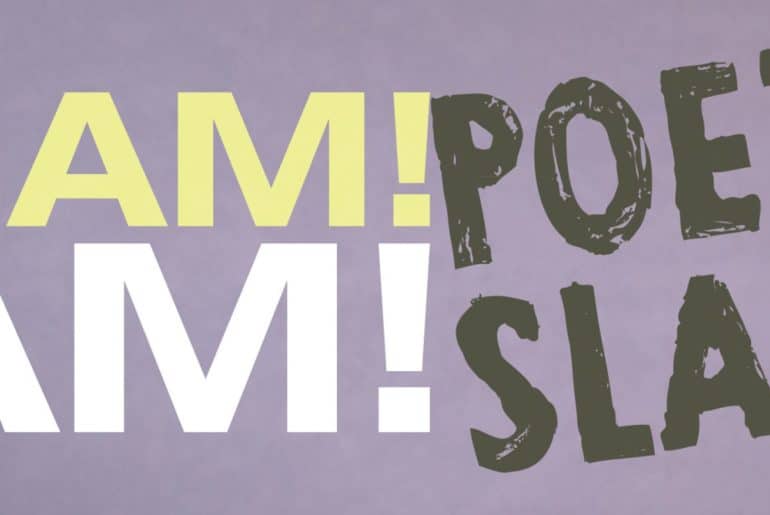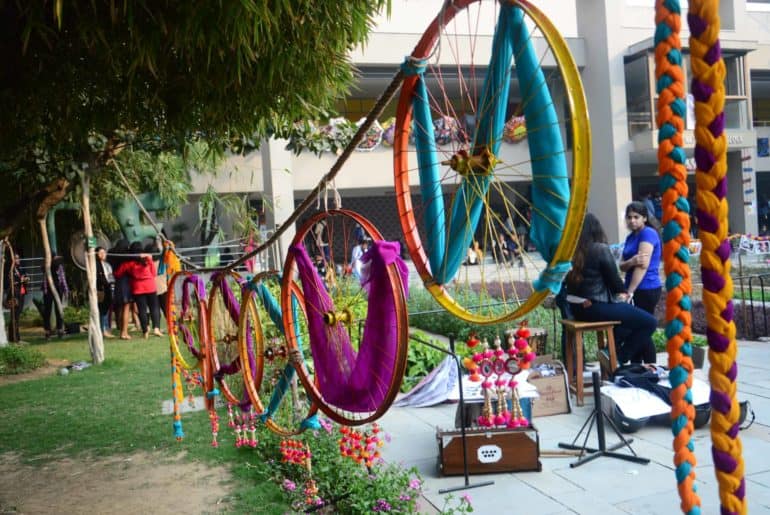Sanjay Leela Bhansali was slapped and his set was vandalized by the fringe group Karni Sena, and made the whole nation question if artistic freedom even exists in India…
Based on some floating rumours, members of Karni Sena vandalised the set of upcoming movie Padmavati and attacked crew members and director Sanjay Leela Bhansali at Jaigarh Fort in Jaipur. The reason for the vandalism according to the Karni Sena members is allegly that Bhansali is “distorting historical facts” because apparently Alauldin Khilji and Rani Padmavati have an intimate scene in the movie. This however, was just a rumour and Bhansali and team have gone on record saying that there isn’t such a thing.
It is shocking as Bhansali, who is a National Award Winner and a recipient of the Padma Shri, has to go through the pains of this vandalism because a section felt as if it was their moral duty to stop the “distortion” of the truth. Which brings me to my question: is there always a need for the absolute truth in art?
This is not the first time an incident like this has taken place in Indian cinema – social pressure has jeopardized many movies in the past. A few months back, when Fawad Khan was forced to leave the country and his movie Ae Dil Hai Mushkil was termed “anti-national”. The situation got so bad that the director Karan Johar had to make an apology video because people were boycotting his movie because of their “nationalist” beliefs. Why is Indian politics getting involved with art again and again?
This is also not the first Bhansali movie that has faced a controversy like this. His movie, Goliyon ki Raasleela, Ram-Leela, was scrutinized for using the words raasleela and ramleela in the title. Petitions were filed against the movie by Hindu protesting and the screening was banned in Uttar Pradesh. Kamal Hassan’s film Vishwaroopam faced many controversies initiating a two week ban in Tamil Nadu as well as protests from the Muslim community.
Filmmaker Govind Nihalani says: “The level of intolerance today is much higher. Today, censorship is happening by private groups – everyone wants to see how one has presented a character or story in the name of religion, history, personality, etc.”
Lack of artistic freedom is not just restricted to only cinema. Writers and painters also have their art banned because it is “not suited to the Indian culture.” Whatever Indian culture is, it shouldn’t be taking away someone’s right to express themselves through art.
Image credits: DNA India
Anagha Rakta




